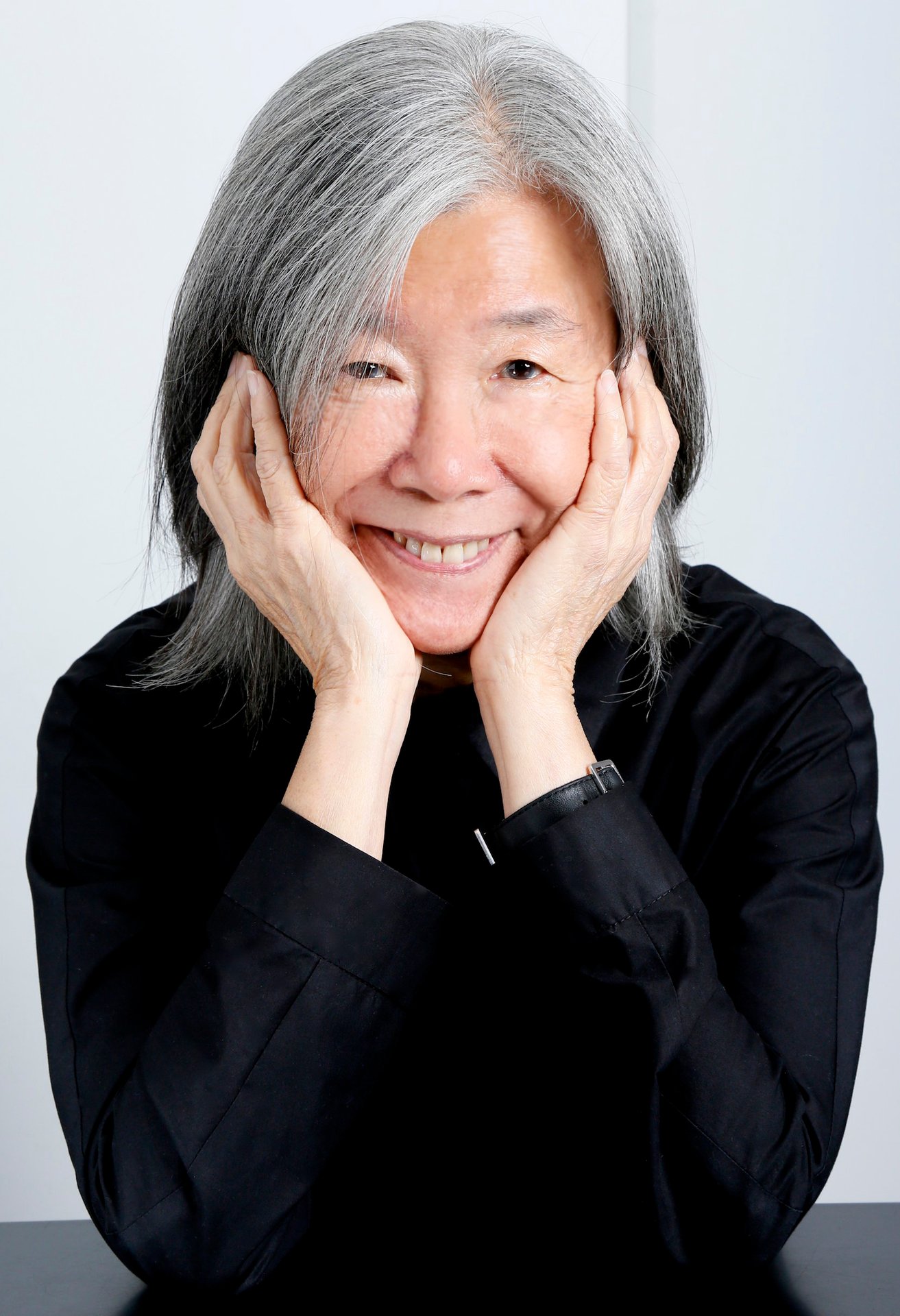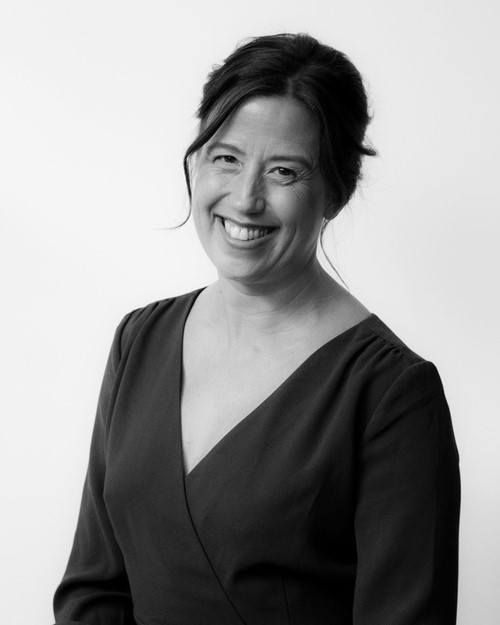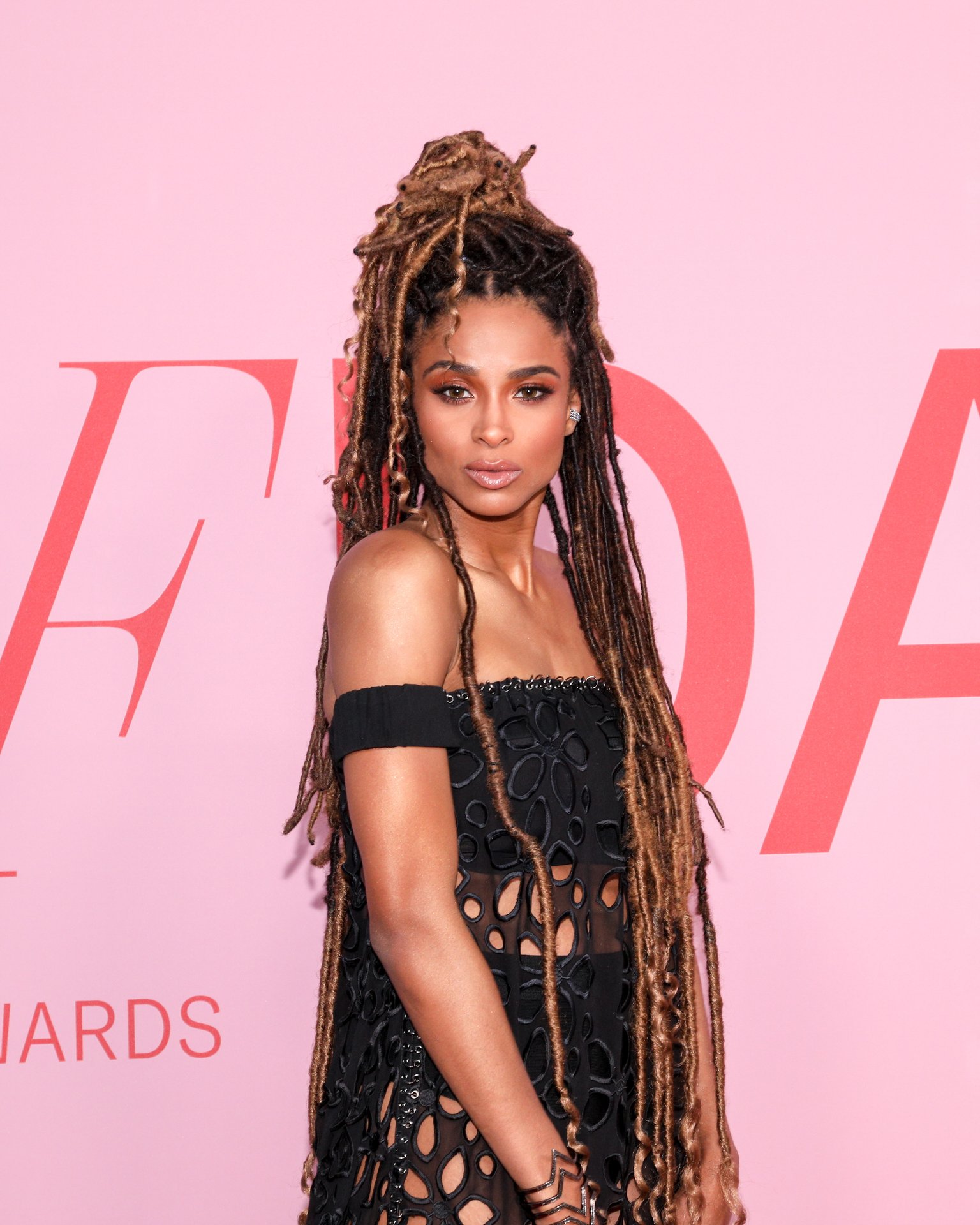Yeohlee Teng, In Conversation with Congresswoman Carolyn B. Maloney
November 9, 2021
Marc Karimzadeh


Over her impressive, four decade career, Yeohlee Teng has garnered the respect of the American fashion industry – for so many reasons, from her architectural designs with square- and circle-cut materials at their core to her commitment to zero waste long before fashion considered sustainability and her advocacy for New York’s Garment District. She may originally be from Malaysia, but let’s be honest, Yeohlee is a New Yorker, through and through.
In the lead-up to her Board of Directors’ Tribute award at Wednesday’s CFDA Fashion Awards, Yeohlee and U.S. Representative for New York’s 12th congressional district Carolyn B. Maloney caught up about their shared values, thoughts on the power of fashion and the future of our industry, and why New York City will always be a world fashion capital.
This interview has been edited for length and clarity
Carolyn B. Maloney: Hello Yeohlee, it’s great to see you, virtually, and I want to congratulate you on the Board of Directors’ Tribute from the CFDA for their 2021 awards. I hope to go to the awards and to see you in person. Right now, what I’m working on in congress is the Build Back Better Bill and we have over $500 billion to combat climate change, and it’s changing our world, it’s threatening our world. How is climate change affecting your work, and fashion in general? You never know what to expect.
Yeohlee Teng: Yes. You know Richard Martin, the late Richard Martin, calling it the fifth season to describe what I do, and in many respects, that is a nod to the future that we are approaching. I think that clothes need to be more than decorative. I think they need to be extremely functional and sheltering. So I think that a whole new chapter has opened up for fashion.
C.B.M. And also, you don’t know what to expect. It could be raining or hot. I’ve seen it go from 70 degrees to being cold in 24 hours, so you need fashion that changes quickly with the seasons too.
Y.T.: Never forget that you could be running from either a flood or a fire.
C.M.B.: [Laughter] That’s true. I remember working with you in the past on efforts to save the Garment District and we continue working on it. It’s always been important to me because I believe that fashion in general is important to the economy of the United States, and definitely to New York City….and because I’ve long been an advocate for Made in America, Made in New York, and Made by New York City Designers. So, as the founder of New York City Made and Based, Yeohlee, how did you get your start as a fashion designer in the Garment District?
Y.T.: I started my business on 5th Avenue and 11th Street, and that’s the Village. My trajectory was 11th Street, and then I moved to the Photo District on 5th Avenue and 20th Street. And my reps who actually helped me sell the clothes, they were up near Bendel’s and Bergdorf’s. I had a roundabout way to getting to The District. I was in my loft, which was an old menswear factory, until 1991. But I got a huge order, my very first, most important order from Dawn Mello at Bergdorf Goodman. She wrote an order for me for my zero-waste, one-size-fits-all cape. I had a 200-piece order and it was like,
Oh My God, what am I going to do?” I went to the Garment District, and that’s when I fell in love with the Garment District – because I could get done what I needed to do. Efficiently, well done, delivered on time. It was just an eye-opener.
C.B.M.: I know I’ve heard some people say you can go to the Garment District and get everything you need; the sequins, the threads, all the fancy things you need, and all the mundane things you need to get the job done. But when you came to New York, you could’ve gone to any of the fashion capitals… to London, to Paris. Why did you choose New York?
YL: Oh, New York, New York? It was the only place I wanted to be in. I grew up in a colonial country and everybody went to London, and I was the contrarian. I said, “I’m going to New York. See you later.”And it was really an eye opener. At that time, London was really hot. It was Biba, it was all the Mod looks, and New York was rather…um… sporty. I really never looked back. I felt New York was my destination, and my home.
C.B.M.: Well, tell me about your designs What particular aspect of you, your work, do you think really won you this incredible award?
Y.T.: Some of it has to do with the staying in the game, and doing what you believe in, and, also, also having a vision and an individual statement. I truly believe in all the concepts that I’ve always worked with. I started the business based on zero waste because I was a very frugal person. I was in New York all on my own; I had to utilize everything I had to fulfill [with] whatever I wanted to do. There was no room for wastage. I was totally an independent entrepreneur.
C.B.M.: I know that you’re the general secretary on the Board of the CFDA, and one of the Founders of Made in Midtown, and you’ve been a champion for New York City based designers. How can we position the Garment District to attract both new and long-established companies back to New York? Also, I love fashion week. Did you show at fashion week? Do you show at fashion week?
Y.L.: Yes.
C.M.B.: It’s one of the economic drivers for our economy. It outdoes the Superbowl, the Open, the Marathon. More money is made in New York from fashion week than anything else we do. I did a study on it when I was the Chair of the Economic Committee. Tell us about your role with fashion week and what fashion week means to a designer.
Y.T.: Right after COVID, I decided to take my show to the streets, right outside my store. We had a show as people were walking about. It was really fun. The was about New York reawaking.
C.M.B.: Oh, how fabulous.
Y.T.: I think that there’s a lot of work to be done where the industry is concerned. I see that a change is upon us, and how we make things and what we make them out of, is going to be paramount. We can think about the fun aspects, the glamorous aspects, and the necessary aspects of fashion. But underlying it all, we have to be super aware of climate change and we have to be prepared in every way possible for whatever is to come. The interesting thing perhaps would be to think about how the making of clothes is going to evolve toward the future. It would be interesting if we could find out from either Cornell or MIT about the advances they have made in growing fabric. Perhaps we can … see what we can do with them because that would be a step toward the future and that’s the step that we, as Americans, need to take. We need to lead the charge. What are we going to wear when everything goes to [expletive]. I’m not supposed to say that but I did.
C.B.M.: [laughter] That’s interesting. They’re talking about clothes that can tell you what your temperature is… high tech clothes… Maybe I should write MIT about some of these experimental places where they’re working on it and see if they would share the fabrics that they’re looking at.
Y.T.:It would be really helpful to them if they looked towards clothing and not just architecture alone when they make these advances into developing material, because material can be a building, material… You know, clothes are buildings that you build around yourself. Clothing is architecture. It’s just intimate architecture as opposed to, you know, edifices. And we all share the same necessity: we have to have the right material to create the right clothes and buildings.
C.B.M.: I believe New York is the fashion capitol not only of New York City and New York State but the whole country. And there are an estimated 900 fashion companies headquartered in New York City, including yours, and we are also home to more than 75 major fashion tradeshows and thousands of showrooms. What does the Garment District offer that supersedes that of other cities and even oversees competition?
Y.T.: We still have proximity that actually engenders creativity. There is still a network of all the different things that you need to create with. But we really have to be cognizant of the fact that things are not quite the same. There is not as much stability in the Garment District as there used to be when it was denser.
C.B.M.: We can bring that back. We need to bring that back. It’s really critical to the success, as you described. How do we bring it back?
Y.T.: I actually don’t have an answer. We did the study Made in Midtown in 2009 and we finished making Making Midtown in 2013, so about nine years have elapsed between that study and today. The most important thing that we can do today is do another study to see what’s on the ground now, and to look toward the future, because you know we can’t go backwards. Whatever worked 10 years ago is not going to work today because things have changed, including the people that flow to the Garment District to work. Their skills have changed. The rise of A.I. has to be properly addressed and adopted in our process to grow the industry.
C.B.M.: I think that’s a good project for the Economic Development Council through the Mayor’s Office. I’m going to talk to him about it, after the election.
Y.T.: I would be extremely interested in participated in that effort
C.B.M.: What do you see next for the whole garment and design areas? One of the things I like about the whole fashion industry, there are a lot of jobs. It’s a really a big part of the economy of New York and we need to invest in it more. How could the City support designers and fashion and the whole industry more?
Y.T.: –There was a guywho mapped the Garment District when we were working on Made in Midtown and Making Midtown. He went to every building and canvassed every person on every floor. We need to really understand who the people left standing in the Garment District are. What do they do? What do they produce? Who do they work for? Getting that data together would be the beginning of understanding what needs to be done. We have to be informed.
C.B.M.: In my work in Congress, I often use fashion with a purpose. I wear something that helps pass a Bill, or moves an idea further, or helps educate the American people of why it’s so important. We need to educate the America people on the need to pass the Equal Rights Amendment and ratify it, and also to confront the climate change that is destroying our planet. Give me some ideas of some fashion with a purpose for climate change?
Y.T.: I wanted to compliment you on your innate understanding of the power of clothing. And I think that comes to you so naturally. But it is true and it is important, clothes do empower people. I would have to say it’s magical.
C.B.M.: And bold. I have long used fashion as a force for change and the clothes I wear are heavily influenced by the pressing issues of the day. For example, if it’s an election or I’m about to Chair a Committee meeting, I always wear very serious, strong clothing – and always Democratic blue. But I also use clothes to bring attentions to national issues. And in 2019, I vowed to wear a firefighter’s jacket until we finally passed the Bill for their health care and their compensation, the Never Again-September 11th Victims Compensation Fund. I wore it for six months. I finally wore it to the Met Ball. It got National attention; two months later, the Bill passed. People were nationally asking, ”Why aren’t we taking care of our heros and our heroines? Those who risked their lives to save the others on 9/11.”
Y.T.: Here you go! [holds up picture of Congresswoman at Met Gala 2021 in ERA Dress]
C.B.M.: Oh, you got it! How do you have that?!? Yeah – Vote women’s equality.
Y.T.: I was really impressed. I was so blown over. And I thought that you looked really first of all, you looked strong, beautiful, elegant but it was also powerful.
C.B.M.: It was a powerful statement. We need equality for women. We need to be in the Constituent. Let’s make it happen. Maybe I need to wear that dress and march across America [laughter] but we have to ratify the Equal Rights Amendment.

Congresswoman Carolyn B. Maloney at the 2021 Met Gala in September.
Y.T.: I think everything that you’ve put on, every day, in every circumstance makes a difference. You know, understanding that your clothing is part of who you, are should be second nature to people.
C.B.M.: That’s such a beautiful statement and profound I think.
Y.T.: I think it was back in 1997, I coined the term of a NOMAD because Kansai International airport had just been built and I looked at all the people traversing this ultra-modern space, dragging their suitcases around in shlumpy clothes. I just decided that you need to have clothes that you can wear, get on the plane at JFK, end up in Kuala Lumpur, get out of the plane and go straight to your meeting without changing…And that’s what I tried to do.
C.B.M.: I must tell you that I love talking with you. And I just want to thank you so much. I will see you at the Awards. I am so proud of you, succeeding. Very few women can found their own businesses and be as successful as you have; you’re employing people and a big part of the fashion industry, and the fashion industry’s future. I look forward to hearing what you have to say that night and getting to know you better.
Y.T.: Thank you so much and I look forward to having the opportunity to dress you. I would love that.
C.B.M.: Thank you so much.
Y.T.: Wonderful to meet you
C.B.M.: Wonderful to meet you too, and congratulations!
YEOHLEE TENG PHOTO BY KYLE ERICKSEN; CAROLYN MALONEY BY BFA.COM

